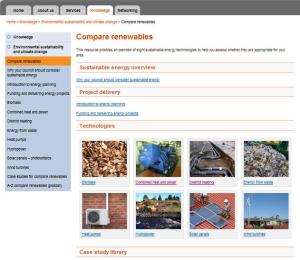The Merton rule is old hat and even ‘Merton plus’ is becoming yesterday’s solution. Planning requirements that are intended to reduce the carbon emissions of a development need to begin with the energy hierarchy, prioritising decentralised energy before insisting on 10-25% reductions from on-site renewable energy installations. If the policy does not allow for flexibility with the on-site renewable contribution it could reduce the overall CO2 savings. Nevertheless, authorities still have Merton-type policies – and considering the time it takes to change planning policies, they may be with us for some time.
LB Westminster planners hosted an event on monitoring renewable energy planning policies in late July. Two ex-Merton officers, Adrian Hewitt and Ed Cotterill, presented an automated energy monitoring system that they have developed. Here’s how it works: There’s a data logging box installed on-site that measures the productivity of renewable energy installations. This information is automatically sent off to a network. A planning officer or developer can log-in to the network and see how the renewable energy installation is doing. Planners or monitoring officers could keep track of compliance with the carbon reduction policies for all developments that had on-site technologies. As you might expect, this recently developed technology has exposed some underperforming energy installations.
It’s obvious if you think about it. Calculations are done using estimates and a technology is approved by the planning service (this is not a clean-cut process). A building is then fitted with PV panels or a wind turbine and the job is done. But what if the PV panel wasn’t properly connected or the wind hardly blows in that area? Continue reading “Monitoring on-site renewable requirements”


